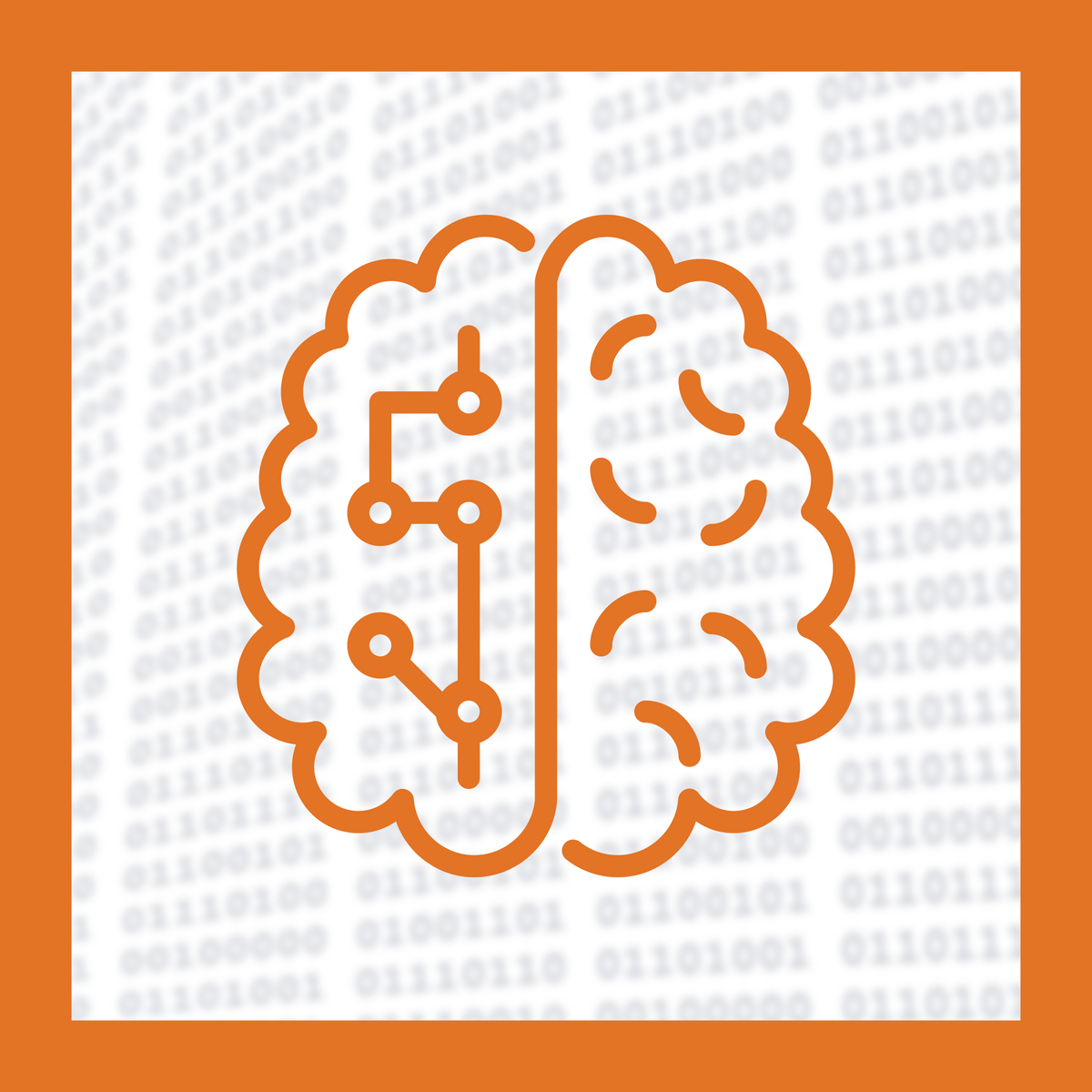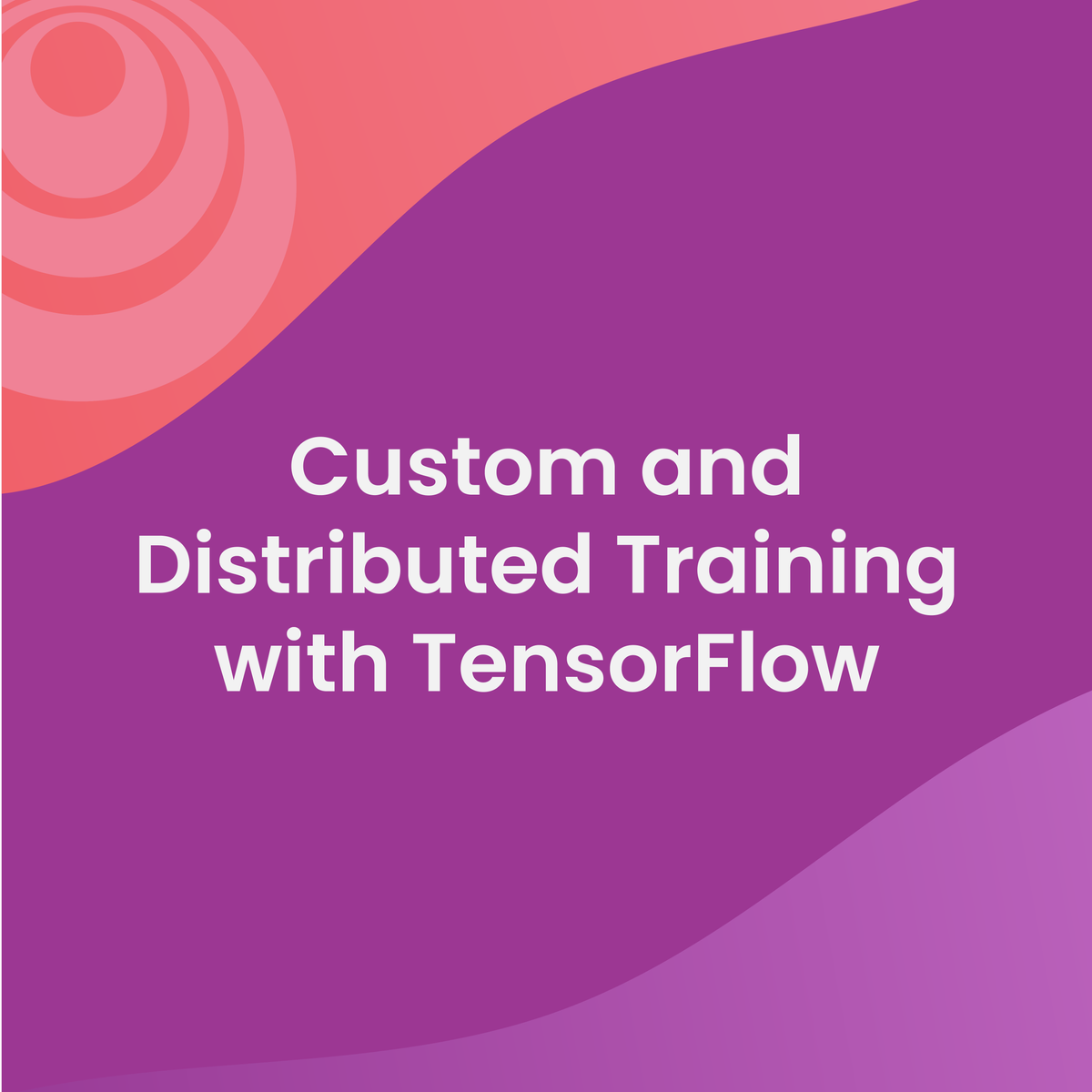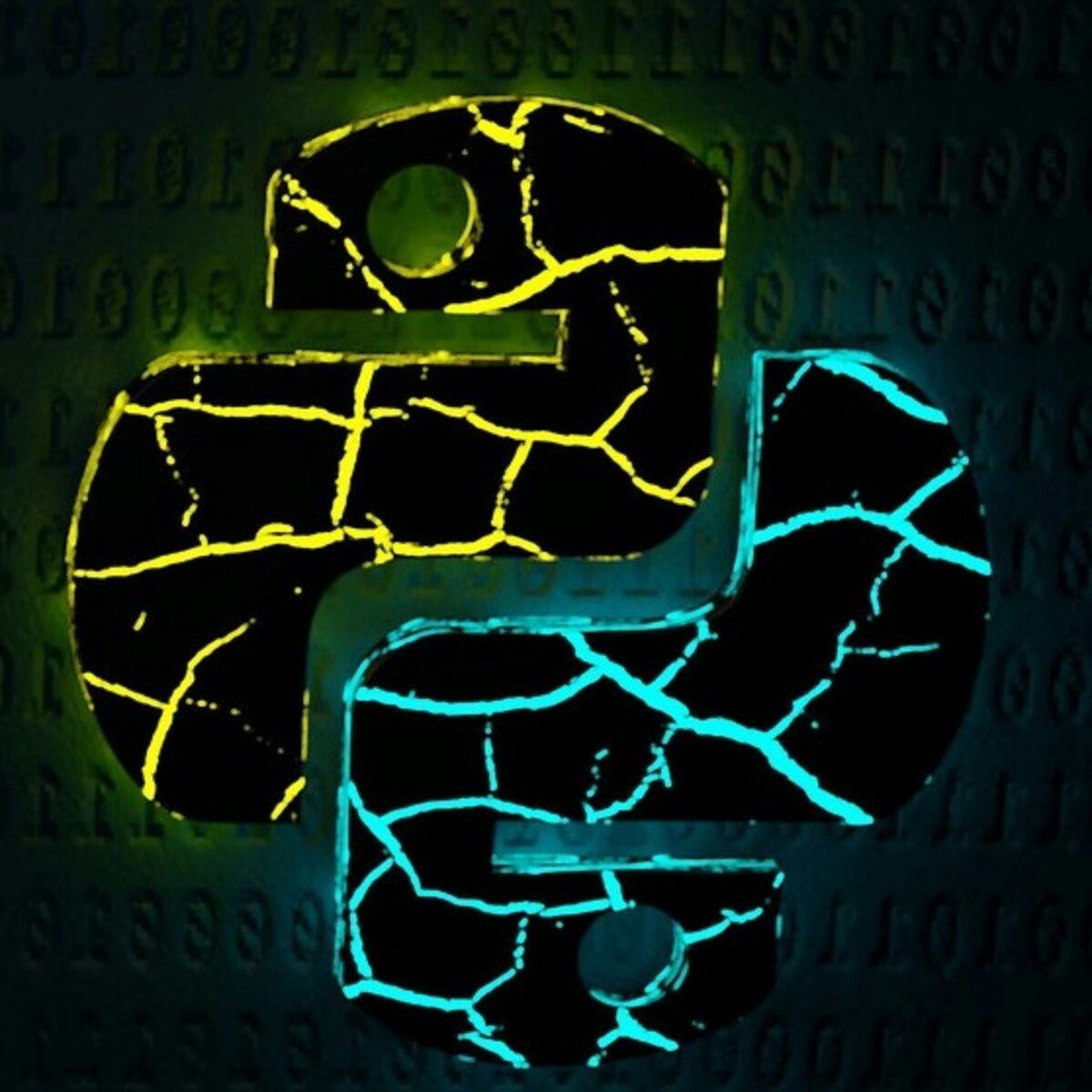Back to Courses









Computer Science Courses - Page 230
Showing results 2291-2300 of 2309

Learning How to Learn: Powerful mental tools to help you master tough subjects
This course gives you easy access to the invaluable learning techniques used by experts in art, music, literature, math, science, sports, and many other disciplines. We’ll learn about how the brain uses two very different learning modes and how it encapsulates (“chunks”) information. We’ll also cover illusions of learning, memory techniques, dealing with procrastination, and best practices shown by research to be most effective in helping you master tough subjects.
Using these approaches, no matter what your skill levels in topics you would like to master, you can change your thinking and change your life. If you’re already an expert, this peep under the mental hood will give you ideas for turbocharging successful learning, including counter-intuitive test-taking tips and insights that will help you make the best use of your time on homework and problem sets. If you’re struggling, you’ll see a structured treasure trove of practical techniques that walk you through what you need to do to get on track. If you’ve ever wanted to become better at anything, this course will help serve as your guide.
This course can be taken independent of, concurrent with, or prior to, its companion course, Mindshift. (Learning How to Learn is more learning-focused, and Mindshift is more career-focused.) A related course by the same instructors is Uncommon Sense Teaching.
To join the fully translated Portuguese version of the course, visit: https://www.coursera.org/learn/aprender
To join the fully translated Spanish version of the course, visit: https://www.coursera.org/learn/aprendiendo-a-aprender
To join the fully translated Chinese version of the course, visit: https://www.coursera.org/learn/ruhe-xuexi
To join the fully translated French version of the course, visit : http://www.coursera.org/learn/apprendre-comment-apprendre

Advanced MySQL Topics
In this course, you'll begin to push beyond simple SQL statements in MySQL to an advanced level in database engineering.
By the end of this course, you'll be able to:
- Use control statements and variables in different contexts in MySQL
- Develop user defined functions and procedures
- Optimize MySQL database queries
- Demonstrate a working knowledge of common table expressions and the JSON data type
- Understand how and when to use triggers and events
- Utilize subqueries, JOINS, views and transactions to perform data analysis
- and use database optimization techniques such as MySQL transactions
You'll gain experience with the following advanced MySQL database skills:
- MySQL user defined functions
- Advanced MySQL stored procedures
- MySQL optimization techniques including Indexes, Transactions, CTE and JSON
- MySQL triggers and events
- Database analytics in MySQL
- Advanced SQL queries for data analysis with JOINS, views and subqueries
Through this course you'll develop new skills, improve your productivity, learn to act effectively with data and boost your career prospects.
To be successful in this course, you should have already completed the previous course, “Database Structures and Management with MySQL,” or have prior experience with the skills taught in that course.

How to Make Image Editing Selections in GIMP
In this project, you will learn how to make selections in GIMP using various selection tools. You will understand how selections can be used. You will learn how to make selections based on geometrical shapes, how to make selections using freehand tools, and how to make selections based on color. You will learn how to use up to six different tools and when to use each one. As you learn how to use these tools, you will create a digital poster displaying your selections.
Note: This course works best for learners who are based in the North America region. We’re currently working on providing the same experience in other regions.

Facial Expression Recognition with PyTorch
In this 2-hour long guided-project course, you will load a pretrained state of the art model CNN and you will train in PyTorch to classify facial expressions. The data that you will use, consists of 48 x 48 pixel grayscale images of faces and there are seven targets (angry, disgust, fear, happy, sad, surprise, neutral). Furthermore, you will apply augmentation for classification task to augment images. Moreover, you are going to create train and evaluator function which will be helpful to write training loop. Lastly, you will use best trained model to classify expression given any input image.

Artificial Intelligence in Marketing
AI is everywhere! By harnessing the power of Artificial Intelligence, businesses and marketers have amazing growth potential, and the opportunities to enhance marketing with AI are always expanding. But how can businesses use AI tools to drive their success and gain sustainable competitive advantages? What are the challenges faced by businesses as they implement AI into their marketing strategies?
In this course, developed at the Darden School of Business at the University of Virginia, and delivered by Professor of Business Administration Raj Venkatesan, you will explore an important frontier of digital transformation in marketing. You will examine three key forces that enable AI in marketing strategies - Algorithms, Networks, and Data - and gain a deeper understanding of how businesses in a wide variety of industries can get the most out of this exciting technology. You will see real world examples of successful companies like Ford, Netflix, and the Washington Post using AI to take on the competition in new and creative ways, and hear from experts about how AI is shaping the present and the future in their respective industries.
You can learn more about Raj by following his posts on Twitter (@rajkumarvenk) and on LinkedIn: https://www.linkedin.com/in/education-marketing.

Custom and Distributed Training with TensorFlow
In this course, you will:
• Learn about Tensor objects, the fundamental building blocks of TensorFlow, understand the difference between the eager and graph modes in TensorFlow, and learn how to use a TensorFlow tool to calculate gradients.
• Build your own custom training loops using GradientTape and TensorFlow Datasets to gain more flexibility and visibility with your model training.
• Learn about the benefits of generating code that runs in graph mode, take a peek at what graph code looks like, and practice generating this more efficient code automatically with TensorFlow’s tools.
• Harness the power of distributed training to process more data and train larger models, faster, get an overview of various distributed training strategies, and practice working with a strategy that trains on multiple GPU cores, and another that trains on multiple TPU cores.
The DeepLearning.AI TensorFlow: Advanced Techniques Specialization introduces the features of TensorFlow that provide learners with more control over their model architecture and tools that help them create and train advanced ML models.
This Specialization is for early and mid-career software and machine learning engineers with a foundational understanding of TensorFlow who are looking to expand their knowledge and skill set by learning advanced TensorFlow features to build powerful models.

Use Python to Create a Web Testing Bot
By the end of this project, you will use python packages selenium with pytest to test a website by using a program to interact with a webpage and observe results.
A Web Bot is used to automatically access web sites with no human interaction. A web bot can access elements, click on buttons, and do anything a user may do. It can be used for many purposes, such as responding to a person visiting a site, gathering useful information from a site, and for integration testing of use cases on a completed web application. A completed web application assumes Unit tests have been used to test the individual components in the web application.
Note: This course works best for learners who are based in the North America region. We’re currently working on providing the same experience in other regions.

Blockchain in Financial Services: Strategic Action Plan
In this fourth and final course of the specialization, you will synthesize your learning into a Strategic Action Plan. The goals of this course are twofold: One, it’s for you to identify a specific need or problem within the financial services industry that can potentially be solved using blockchain technology. Two, it’s for you to investigate possible solutions to this problem, and to develop a strategic plan for how these solutions might be executed. You will accomplish different project milestones each week, and will be introduced to several tools to organize your findings. Throughout this process, you will hear from real-world practitioners who have hands-on experience in the blockchain ecosystem. Additionally, by participating in this course you will gain access to our Blockchain Case Commons—a crowdsourced collection of blockchain applications and use-cases spanning multiple industries. As an outcome of this course, you will walk away with a consolidated, peer-reviewed Strategic Action Plan, which you can use to pitch your idea to your organization and/or potential investors.

Work with Controls and Properties in VB.NET
By the end of this project, you will have used Visual Studio to explore the use of controls and their properties in a VB.NET desktop application. You will design and build a form by adding controls such as labels, text boxes, and buttons. To customize the form, you will learn to alter the values of the properties associated with each control. Working with controls and their properties provides an application developer with the skills needed to develop the user interface—the visual component—of an application.
Note: This course works best for learners who are based in the North America region. We’re currently working on providing the same experience in other regions.

Cloud Networking
In the cloud networking course, we will see what the network needs to do to enable cloud computing. We will explore current practice by talking to leading industry experts, as well as looking into interesting new research that might shape the cloud network’s future.
This course will allow us to explore in-depth the challenges for cloud networking—how do we build a network infrastructure that provides the agility to deploy virtual networks on a shared infrastructure, that enables both efficient transfer of big data and low latency communication, and that enables applications to be federated across countries and continents? Examining how these objectives are met will set the stage for the rest of the course.
This course places an emphasis on both operations and design rationale—i.e., how things work and why they were designed this way. We're excited to start the course with you and take a look inside what has become the critical communications infrastructure for many applications today.
